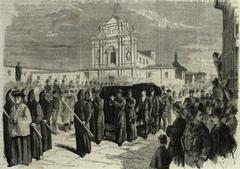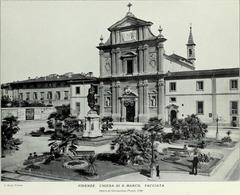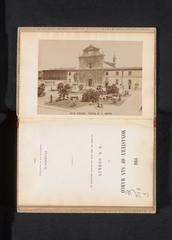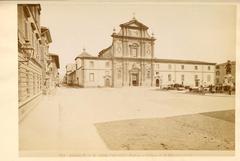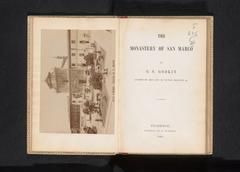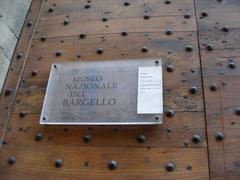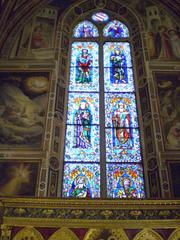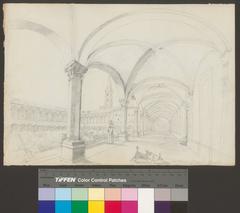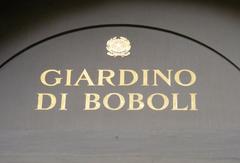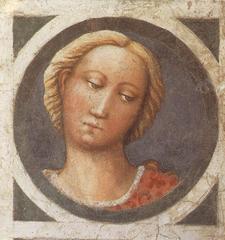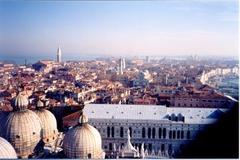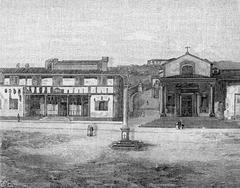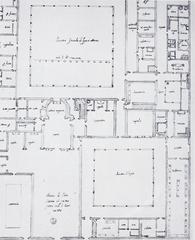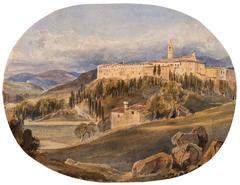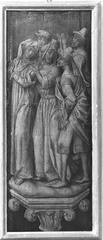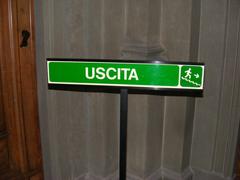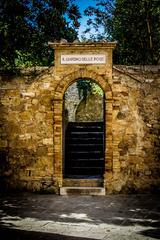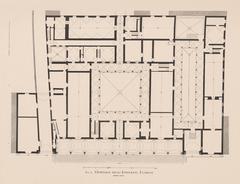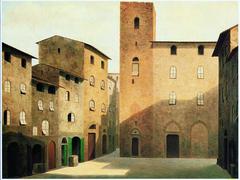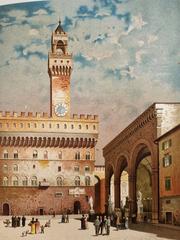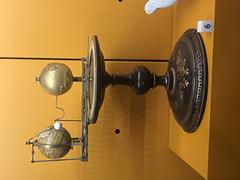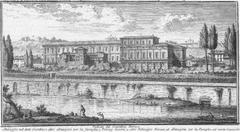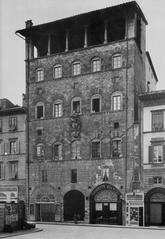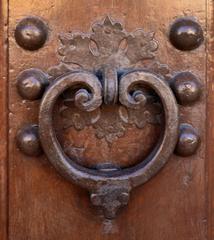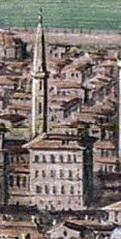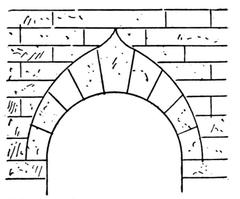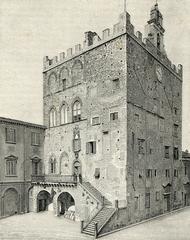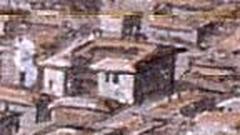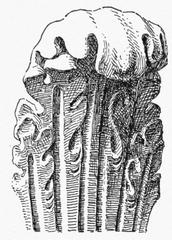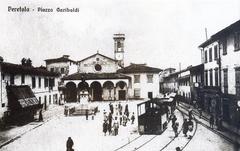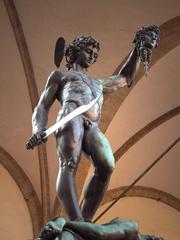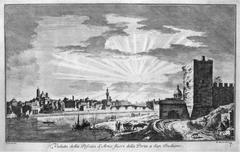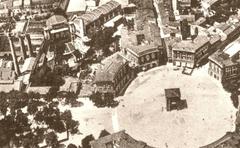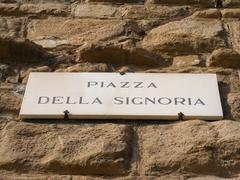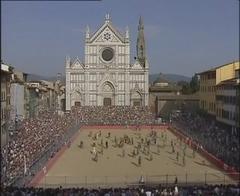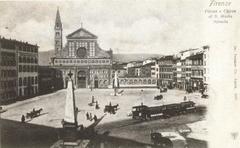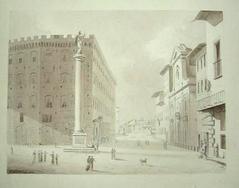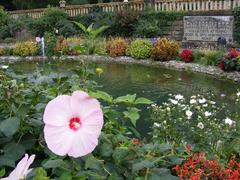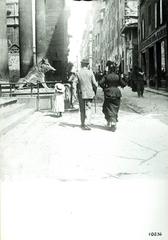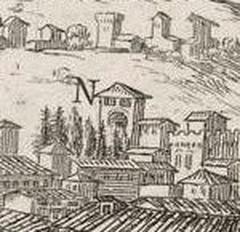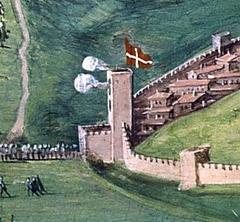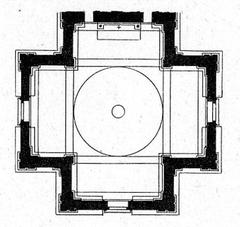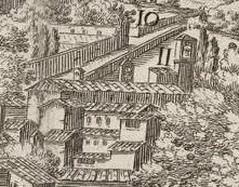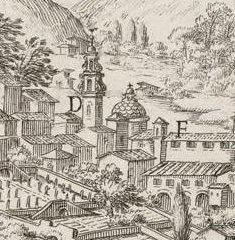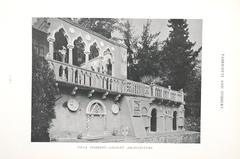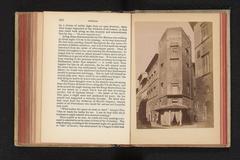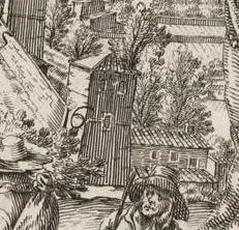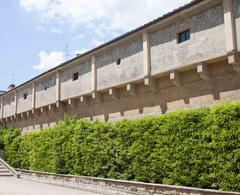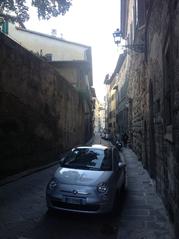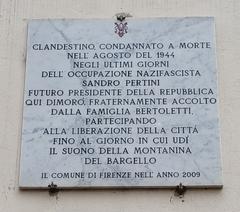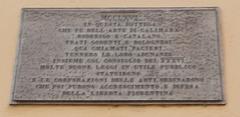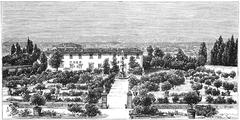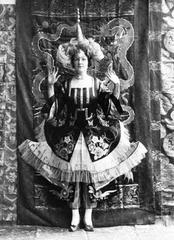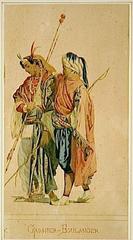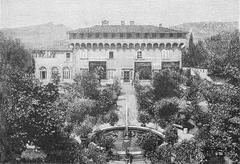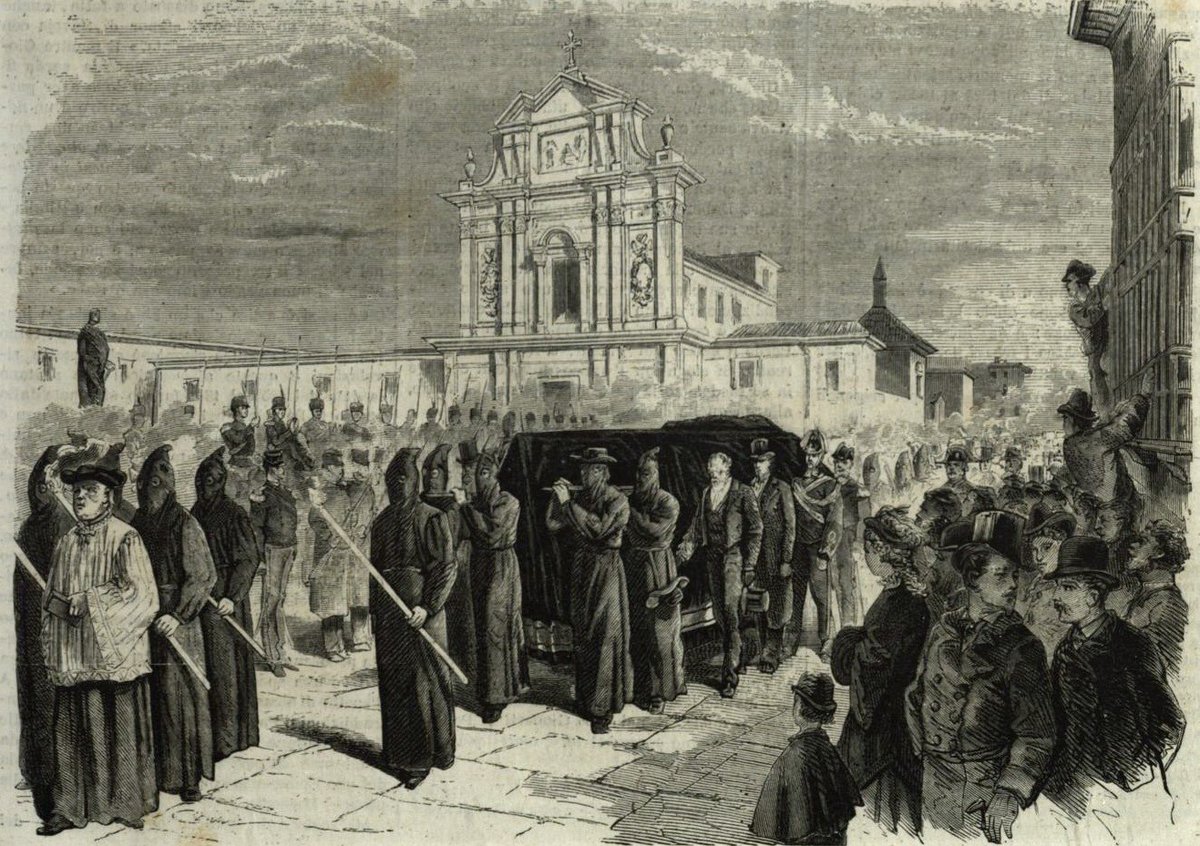
Piazza San Marco in Florence: Visiting Hours, Tickets, and Historical Insight
Date: 18/07/2024
Introduction
Table of Contents
- [A History Etched in Stone - Piazza San Marco Through the Ages](#a-history-etched-in-stone---piazza-san-marco-through-the-agesa-history-etched-in-stone---piazza-san-marco-through-the-ages)
- [From Humble Beginnings to a Religious Center](#from-humble-beginnings-to-a-religious-centerfrom-humble-beginnings-to-a-religious-center)
- [The Medici Influence - A Legacy of Art and Learning](#the-medici-influence---a-legacy-of-art-and-learningthe-medici-influence---a-legacy-of-art-and-learning)
- [A Place of Religious Fervor and Reform](#a-place-of-religious-fervor-and-reforma-place-of-religious-fervor-and-reform)
- [From Monastery to Museum - Preserving a Legacy](#from-monastery-to-museum---preserving-a-legacyfrom-monastery-to-museum---preserving-a-legacy)
- [Visitor Information - Tickets and Visiting Hours](#visitor-information---tickets-and-visiting-hoursvisitor-information---tickets-and-visiting-hours)
- [Travel Tips and Accessibility](#travel-tips-and-accessibilitytravel-tips-and-accessibility)
- [Nearby Attractions](#nearby-attractionsnearby-attractions)
- [Piazza San Marco Today - A Cultural Crossroads](#piazza-san-marco-today---a-cultural-crossroadspiazza-san-marco-today---a-cultural-crossroads)
- [Conclusion](#conclusionconclusion)
- [Frequently Asked Questions](#frequently-asked-questionsfrequently-asked-questions)
- [Call to Action](#call-to-actioncall-to-action)
- [References](#referencesreferences)
Exploring Piazza San Marco - History, Visiting Hours, and Tickets in Florence
A History Etched in Stone - Piazza San Marco Through the Ages
While not as internationally renowned as its Venetian namesake, Florence’s Piazza San Marco holds a unique place in the city’s heart. This vibrant square, a tapestry woven from centuries of history, art, and faith, offers a captivating glimpse into Florence’s soul.
From Humble Beginnings to a Religious Center
The story of Piazza San Marco begins not with grand pronouncements but with the humble existence of two churches, San Marco and Sant’Antonino. Initially lying outside the city walls, these early structures were eventually enveloped by Florence’s growth in the 12th century.
The square’s religious significance deepened with the arrival of the Sylvestrine monks in the 13th century. Their stewardship of San Marco laid the groundwork for the square’s transformation. However, it was the arrival of the Dominican order in 1437, specifically the transfer of Fra Angelico and his fellow monks from the San Domenico monastery in Fiesole, that truly marked a turning point.
The Medici Influence - A Legacy of Art and Learning
The Piazza San Marco’s destiny became irrevocably intertwined with the powerful Medici family under Cosimo the Elder. Recognizing the Dominican order’s commitment to learning and piety, Cosimo commissioned Michelozzo di Bartolomeo, a renowned architect of the time, to reconstruct the San Marco monastery. This ambitious project, completed in 1452, transformed the monastery into a beacon of Renaissance ideals.
Cosimo’s patronage extended beyond architecture. He commissioned Fra Angelico, a master of early Renaissance painting, to adorn the monastery walls with breathtaking frescoes. These luminous works, imbued with spiritual devotion and artistic brilliance, continue to captivate visitors to this day. Among the most celebrated is the Annunciation, a masterpiece that embodies the spirit of the early Renaissance.
The Medici influence on Piazza San Marco wasn’t limited to art and architecture. Cosimo de’ Medici established the world’s first public library within the monastery walls, the Biblioteca Medicea Laurenziana. This treasure trove of knowledge, accessible to scholars and citizens alike, solidified Florence’s reputation as a center of Renaissance humanism.
A Place of Religious Fervor and Reform
Piazza San Marco witnessed a period of intense religious fervor and reform under the fiery preaching of Girolamo Savonarola in the late 15th century. A Dominican friar residing in the monastery, Savonarola’s impassioned sermons against the perceived excesses of the Medici and the Catholic Church drew massive crowds to the square. His influence, though short-lived, left an indelible mark on Florence’s religious and political landscape.
Savonarola’s critiques ultimately led to his downfall. Excommunicated by Pope Alexander VI and declared a heretic, he was burned at the stake in Piazza della Signoria in 1498. The echoes of his dramatic life and death continue to resonate within the walls of San Marco, a stark reminder of the complex interplay between faith, power, and dissent in Renaissance Florence.
From Monastery to Museum - Preserving a Legacy
The San Marco monastery, a silent witness to centuries of history, underwent another transformation in the 19th century. Suppressed in 1866 under Italian unification, the complex was converted into a national museum in 1869. Today, the Museo di San Marco stands as a testament to the site’s rich artistic and cultural heritage.
Visitors to the museum can wander through the serene cloisters, once the domain of contemplative monks, and admire Fra Angelico’s iconic frescoes. The former dormitory cells, each transformed into a canvas by the artist, offer an intimate glimpse into the spiritual life of the Dominican friars. The library, a masterpiece of Renaissance design by Michelozzo, continues to inspire awe with its elegant proportions and harmonious ambiance.
Visitor Information - Tickets and Visiting Hours
For those planning a visit, the Museo di San Marco offers ticket prices that vary based on age and residency status. General admission for adults is €4, while reduced tickets for EU citizens aged 18-25 are €2. Admission is free for EU citizens under 18 and over 65. The museum is open from Monday to Friday from 8:15 AM to 1:50 PM and on weekends from 8:15 AM to 4:50 PM. It is closed on the first, third, and fifth Sunday of each month, as well as the second and fourth Monday.
Travel Tips and Accessibility
Travelers are advised to visit early in the day to avoid crowds and enjoy a more serene experience. The museum is wheelchair accessible, with ramps and elevators available for those who need them. Guided tours are available and highly recommended for those who wish to delve deeper into the history and artistry of the site.
Nearby Attractions
The square’s central location makes it an ideal starting point for exploring Florence’s artistic and cultural treasures. The Galleria dell’Accademia, home to Michelangelo’s David, is a short stroll away. The Medici Chapels, a testament to the family’s grandeur, are also within easy walking distance.
Piazza San Marco Today - A Cultural Crossroads
Today, Piazza San Marco remains a vibrant hub in the heart of Florence. The square, bustling with life, attracts visitors and locals alike. Artists display their wares along the perimeter, their colorful creations adding to the lively atmosphere. Cafes spill out onto the sidewalks, offering a prime spot to savor an espresso while observing the ebb and flow of city life.
Conclusion
Piazza San Marco, a place where history, art, and faith converge, offers a captivating journey through time. From its humble beginnings to its present-day vibrancy, the square stands as a testament to the enduring spirit of Florence.
Frequently Asked Questions
Q: What are the visiting hours for the Museo di San Marco?
A: The museum is open Monday to Friday from 8:15 AM to 1:50 PM and on weekends from 8:15 AM to 4:50 PM. It is closed on the first, third, and fifth Sunday of each month, as well as the second and fourth Monday.
Q: How much do tickets to the Museo di San Marco cost?
A: General admission for adults is €4, while reduced tickets for EU citizens aged 18-25 are €2. Admission is free for EU citizens under 18 and over 65.
Q: Is the Museo di San Marco wheelchair accessible?
A: Yes, the museum is wheelchair accessible with ramps and elevators available.
Q: Are guided tours available at the Museo di San Marco?
A: Yes, guided tours are available and highly recommended for a deeper understanding of the site’s history and art.
Call to Action
For more information on visiting Piazza San Marco and other Florence historical sites, download our mobile app Audiala. Follow us on social media for updates and travel tips.
